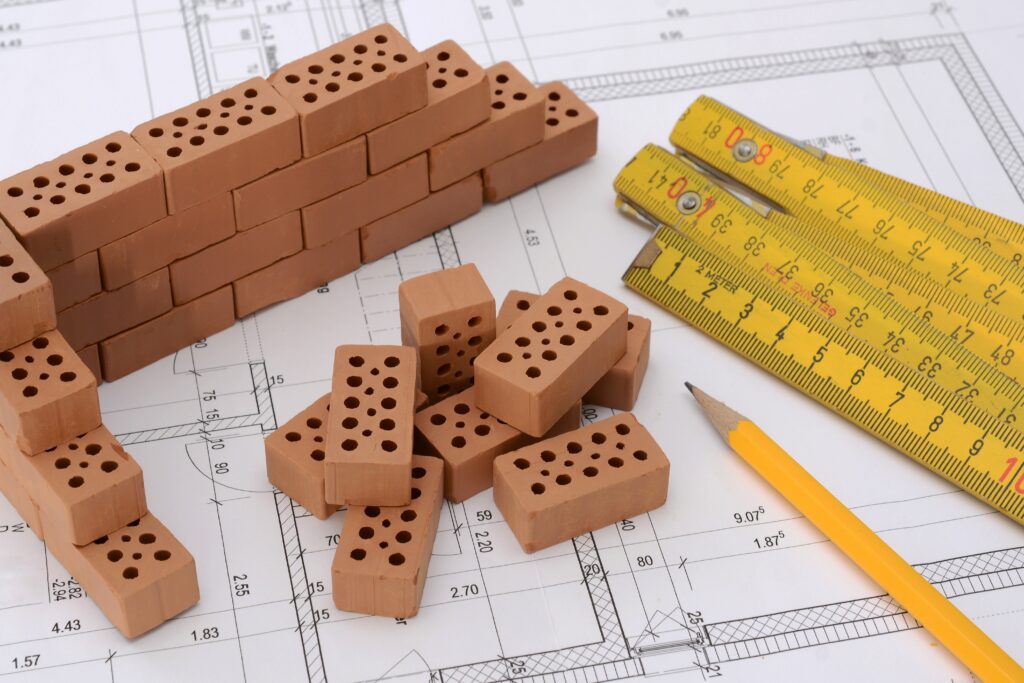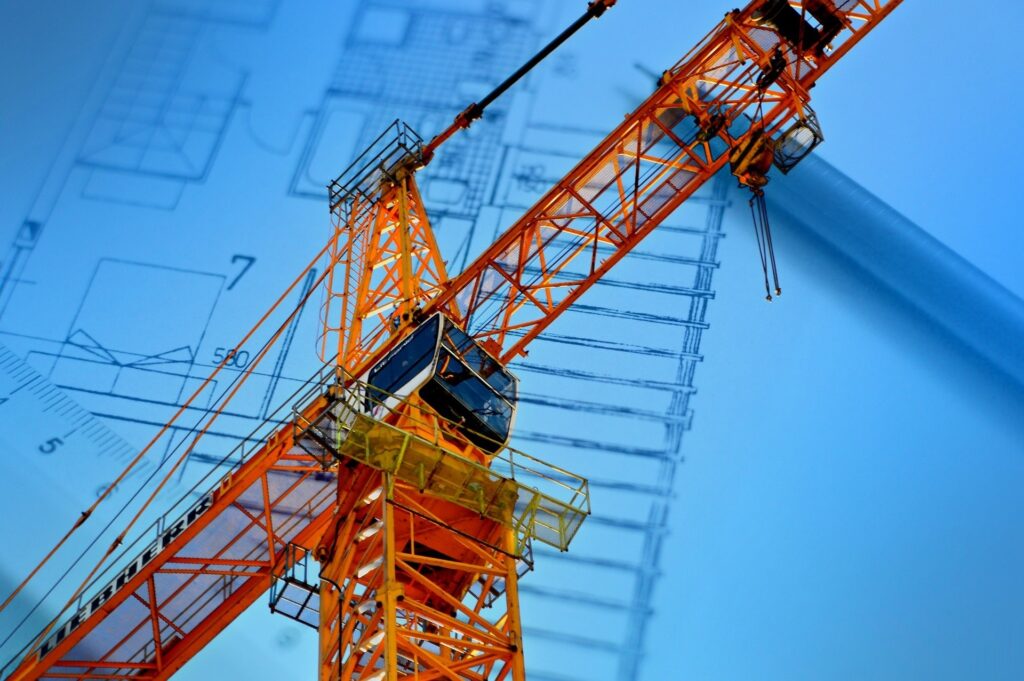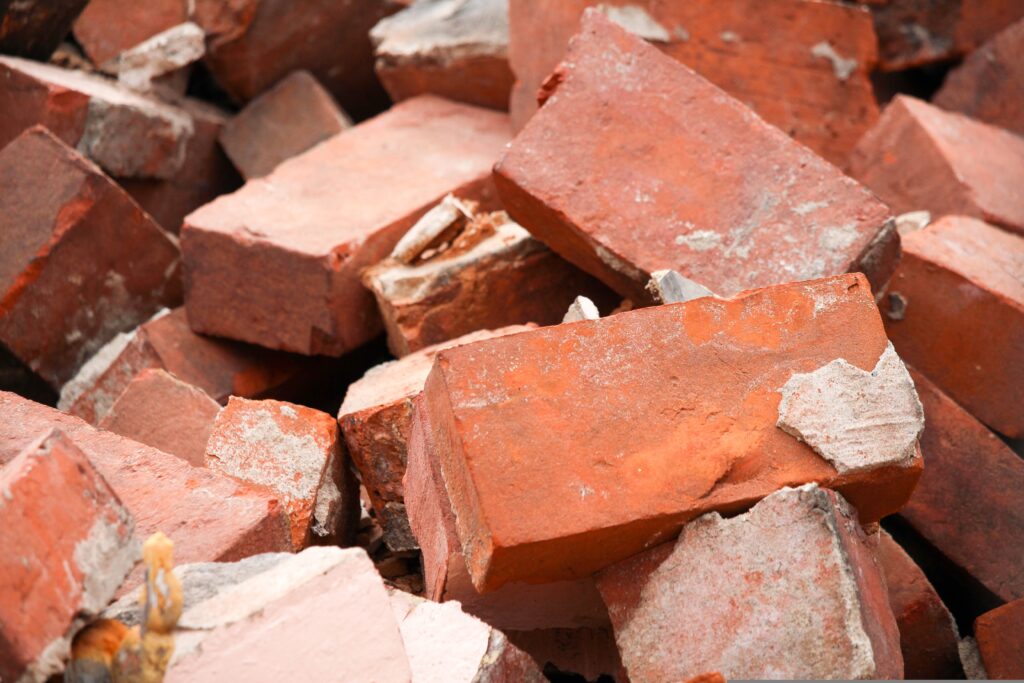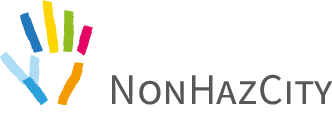
Turku University of Applied Sciences Students Lead the Way in Hazardous Substance Education
In the spring of 2025, a group of students from Turku University of Applied Sciences (TUAS) undertook an ambitious project: training 100 engineering students on hazardous substances in building materials. The initiative, part of their project studies, aimed to equip future engineers with critical knowledge of harmful chemicals lurking in construction materials – a topic that remains under-recognized but crucial to health and environmental safety.
The project was not merely a classroom exercise. The students researched the topic in depth, designed a comprehensive training program, and implemented it, drawing insights from industry professionals. Notably, they interviewed experts from Sweco Oy, a leading international consultancy specializing in sustainable development and environmental safety, to deepen their understanding.
The Hidden Risks in Building Materials
Few people consider the potential dangers hidden in the materials of their homes, schools, or workplaces. However, many building products still contain hazardous chemicals, some of which are not yet officially banned but are increasingly recognized for their harmful effects on human health and the environment.
These substances remain in use for several reasons. Historical ignorance of their dangers, slow regulatory processes, and constant innovation in chemical formulations allow new but similarly harmful variants to bypass existing bans. As a result, hazardous substances like flame retardants, durability agents, and biocides can still be found in modern buildings.
Sweco Oy: A Multi-Disciplinary Approach to Safety
At Sweco Oy, expertise in hazardous substances is applied in a variety of projects, particularly in renovation and demolition. According to Sanni Ruotsalainen, a specialist at Sweco, these chemicals often become a concern during building conversions or when indoor air problems – like unexplained odors or suspected volatile organic compound (VOC) emissions – arise.
The company adopts a multi-professional approach, involving designers, chemical experts, and laboratories to analyze building materials for contaminants. Yet, even with advanced methods, challenges persist. For instance, manufacturers are not always required to disclose the exact composition of materials until a chemical is officially banned.
The Industry’s Reactive Stance
Across the construction sector, responses to hazardous substances are often reactive rather than proactive. Action is typically taken only when a problem becomes visible, such as a severe indoor air issue. Experts like architect Ville-Veikko Heikkilä of Sweco note that the industry’s focus on short-term profits can discourage proactive measures, such as using safer but initially costlier materials.
Heikkilä highlights the common practice of demolishing buildings with hazardous substances instead of exploring safer alternatives like encapsulation. This approach overlooks the environmental and financial benefits of preserving existing structures and materials.
Towards More Responsible Construction
Despite these challenges, the sector is making gradual progress. Certification schemes like BREEAM, LEED, and the Nordic Swan Ecolabel offer financial incentives for developers to choose safer materials. Furthermore, indoor air experts and chemical coordinators are becoming more involved in construction projects, particularly in public buildings.
One promising development is the creation of material databases that catalog chemical information for demolished building materials. Such databases could enhance safe recycling and inform future material choices.
Education as a Catalyst for Change
The initiative by TUAS students is a significant step toward greater awareness of hazardous substances in construction. By training 100 future engineers and engaging with industry professionals, they have not only expanded their own knowledge but also contributed to a broader culture of safety and sustainability.
As the world grapples with the impacts of hazardous chemicals on health and the environment, educational projects like this demonstrate how informed, proactive measures can help build a safer and more sustainable future for all.
Writer: Santeri Lempiäinen, Turku University of Applied Sciences




